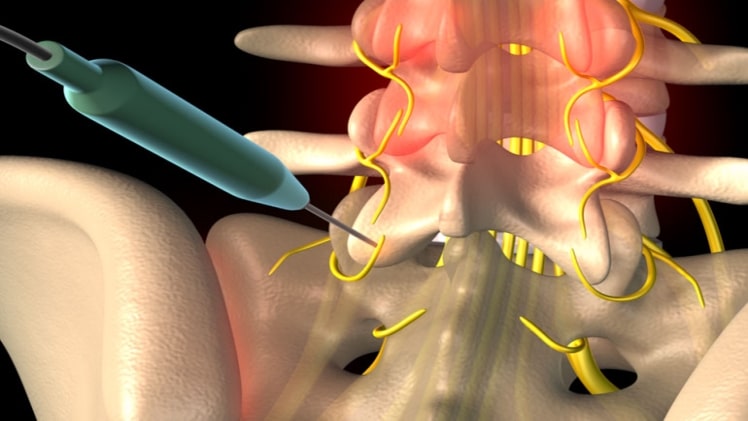People with persistent pain may benefit from a less invasive procedure called radiofrequency ablation.
To find out if you are a suitable candidate for radiofrequency ablation check out this radiofrequency ablation review in Florida, including the procedure.
What is Radiofrequency Ablation?
By heating certain neurons with microwaves, Radiofrequency Ablation may block the transmission of pain signals temporarily.
Needles implanted into the skin near the painful region provide radio waves to the nerves that are being targeted. It is common for radiofrequency ablation to be performed using imaging scans to ensure that the needles are positioned correctly.
Pain in the back, neck, and buttocks is most typically treated by radiofrequency ablation. Long-term pain in the shoulders, knees, or hips may also benefit from it.
Some types of pain may be effectively and safely treated with RFA. It’s also fairly well-tolerated, with just a few side effects to worry about.
Benefits of Radiofrequency Ablation for Florida Patients
1. Pain relief
RFA’s greatest strength is its ability to relieve pain in over seventy percent of patients. Radiofrequency ablation provides some pain relief to most patients in Florida, however, the quantity varies depending on the etiology of the pain and the site of the ablation. Six to twelve months is the typical duration of alleviation.
The feeling of comfort might endure for months or even years for some people.
2. Operation risk is reduced
Surgery may provide pain relief, but the recovery period is long, and the possibilities of significant problems, such as infection or bleeding, are considerably higher than with non-surgical methods.
In many cases, RFA in Florida is a viable alternative to more invasive neck or back surgery since it is so successful at relieving your symptoms.
3. Painkiller dependency will decrease
To reduce your dependence on oral pain medication, radiofrequency ablation provides longer-lasting pain management than other treatments. Since all oral treatments for back and neck pain have major side effects and hazards, this is a positive development.
4. Noninvasive treatment
There is no recuperation period as there would be after an intrusive operation, because of the non-invasive aspect of the therapy.
One to three weeks of recuperation and six weeks of considerable daily activity limits are required after an invasive operation.
Patients are advised to avoid strenuous activities and take rest days at home.
What Are The Most Common Conditions That Can be Treated by RFA
A probe sends out radiofrequency waves into the surrounding tissue, which kill adjacent cells. Eventually, the immune system will clear the nodule of these dead cells, which will create an internal response and decrease the nodule.
RFA can treat a variety of medical conditions including:
- Cervicogenic headaches
- Benign and malignant tumors
- Neck pain
- Low back pain
- Chronic venous insufficiency in the legs
- Whiplash
- Facet joint disease
- Arthritis
- Certain types of neuropathy
How Long Does it Take to Recover From Radiofrequency Ablation?
In most cases, patients report feeling better 1 to 3 weeks after receiving RFA treatment. After a few days of recuperation, you may resume your daily activities.
Patients may resume their normal routines, but during the first few days, they should pay attention to how much pain they are experiencing.
Patients who have been suffering from chronic pain for months or years may benefit from a program of guided physical therapy, which allows them to gradually build up their energy and exertion tolerance.
There are a few risks associated with radiofrequency ablation therapy. It is possible, however, that this treatment will have adverse effects or complications for a small percentage of patients.
Before beginning RFA therapy, it is recommended to consult with a doctor about any possible side effects or bad reactions.
Who Can Be a Candidate for RFA?
A pain specialist in Florida can help you evaluate whether you’re a good candidate for the procedure via consultation and examination.
After just a diagnostic nerve/pain receptor block injection, a radiofrequency ablation is an option for individuals who have achieved pain alleviation.
Fluoroscopic (x-ray) guidance is used to conduct radiofrequency ablation, which should not be performed on patients who are infected, pregnant, or have bleeding issues.

